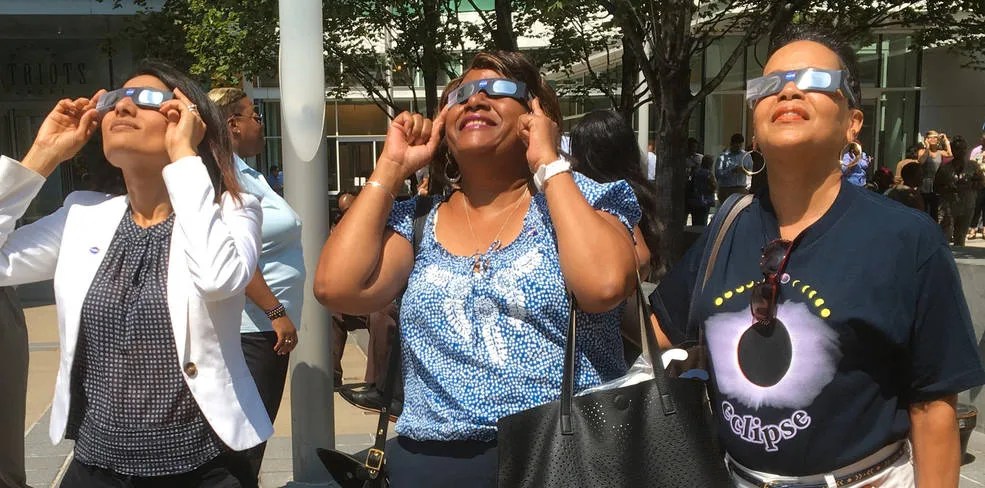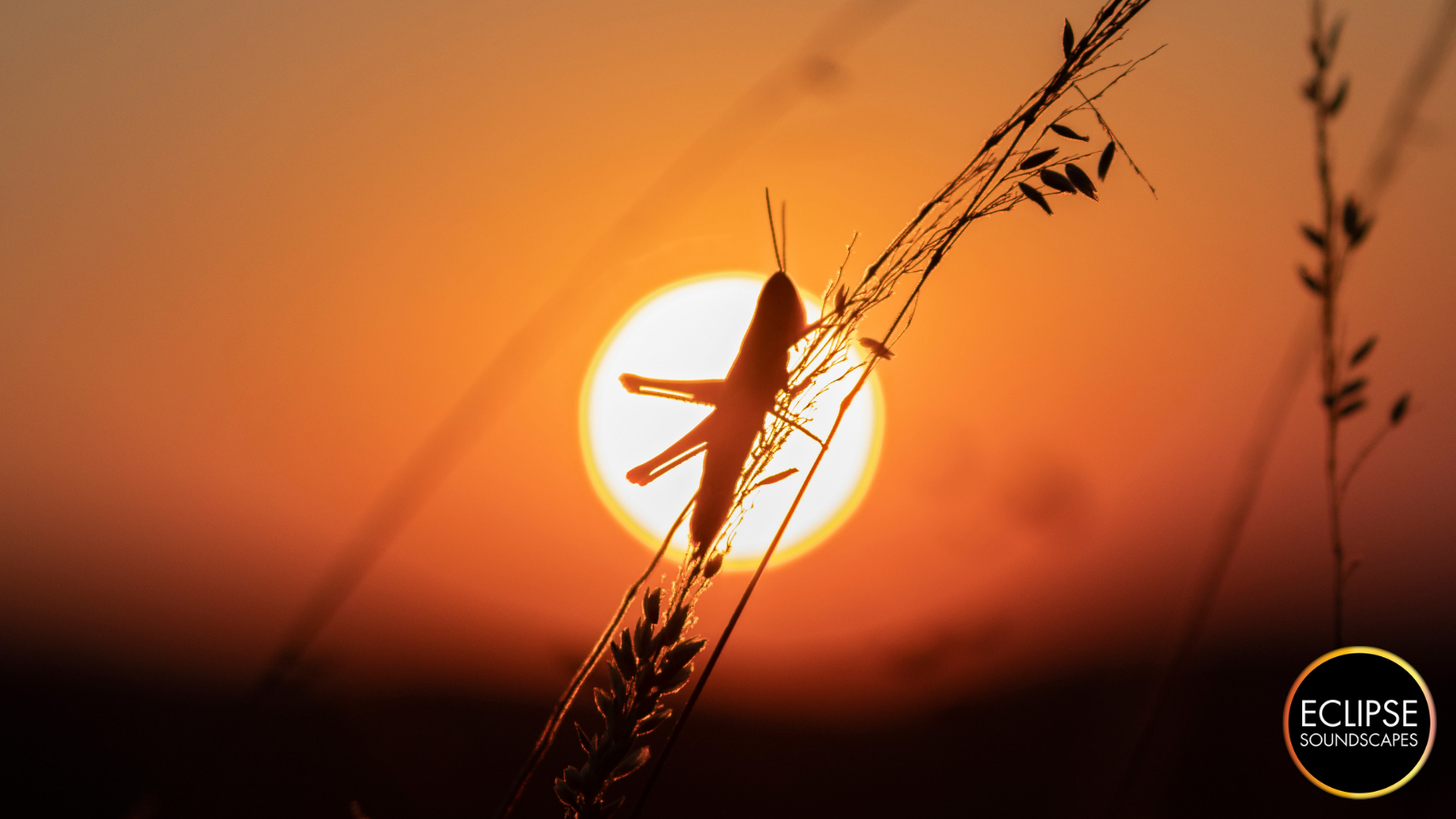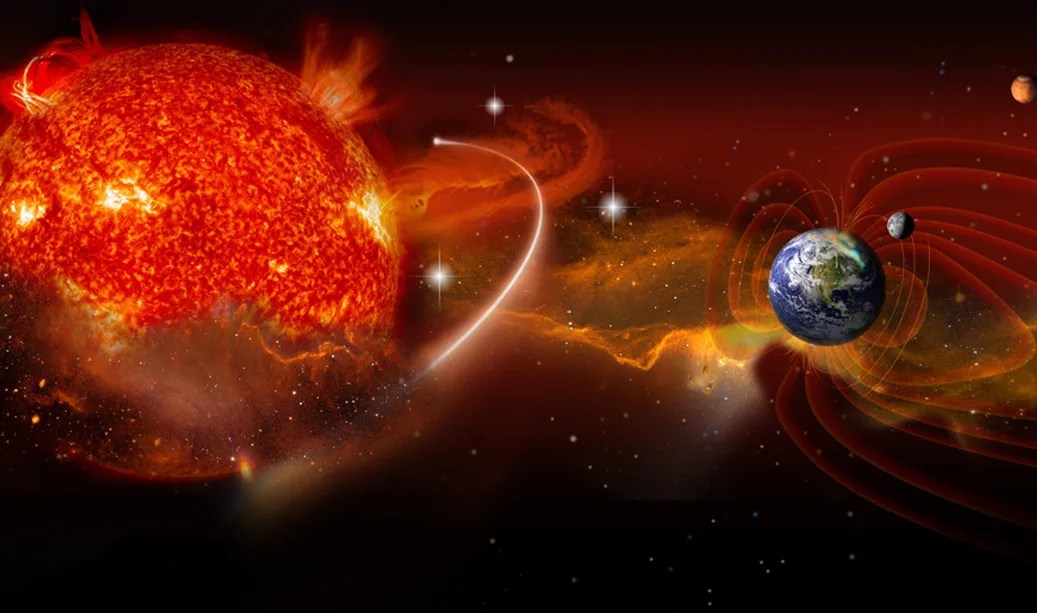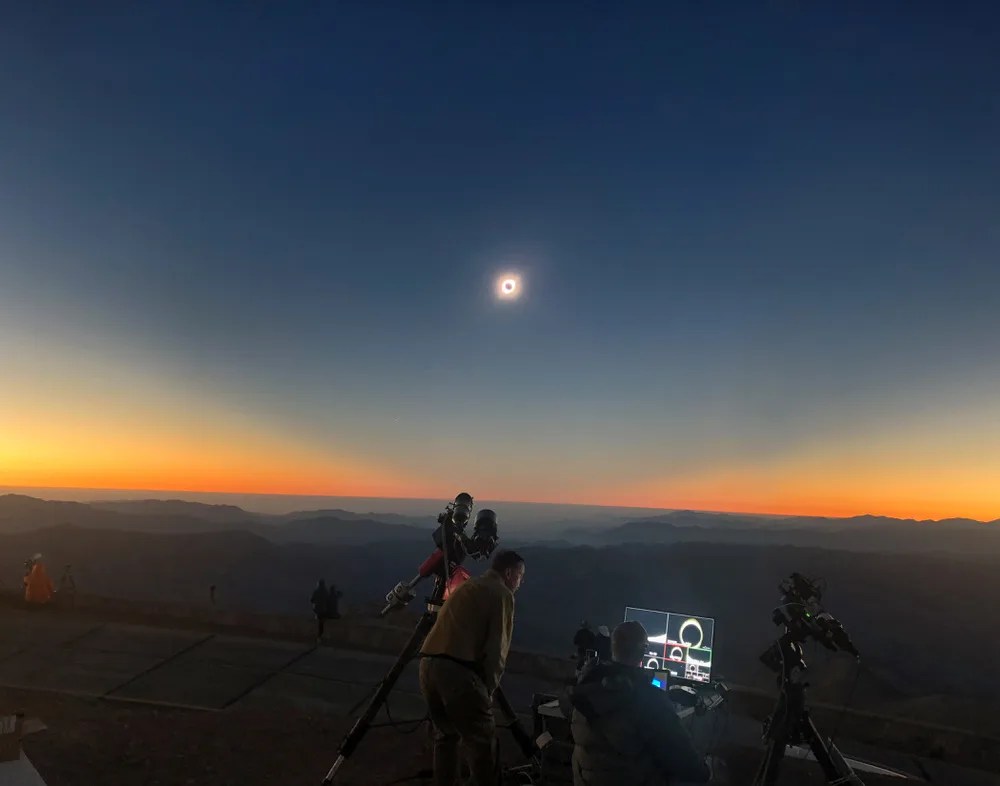Nationwide Eclipse Ballooning Project
Immersing learners in a scientific ballooning adventure during the 2023/2024 eclipses.
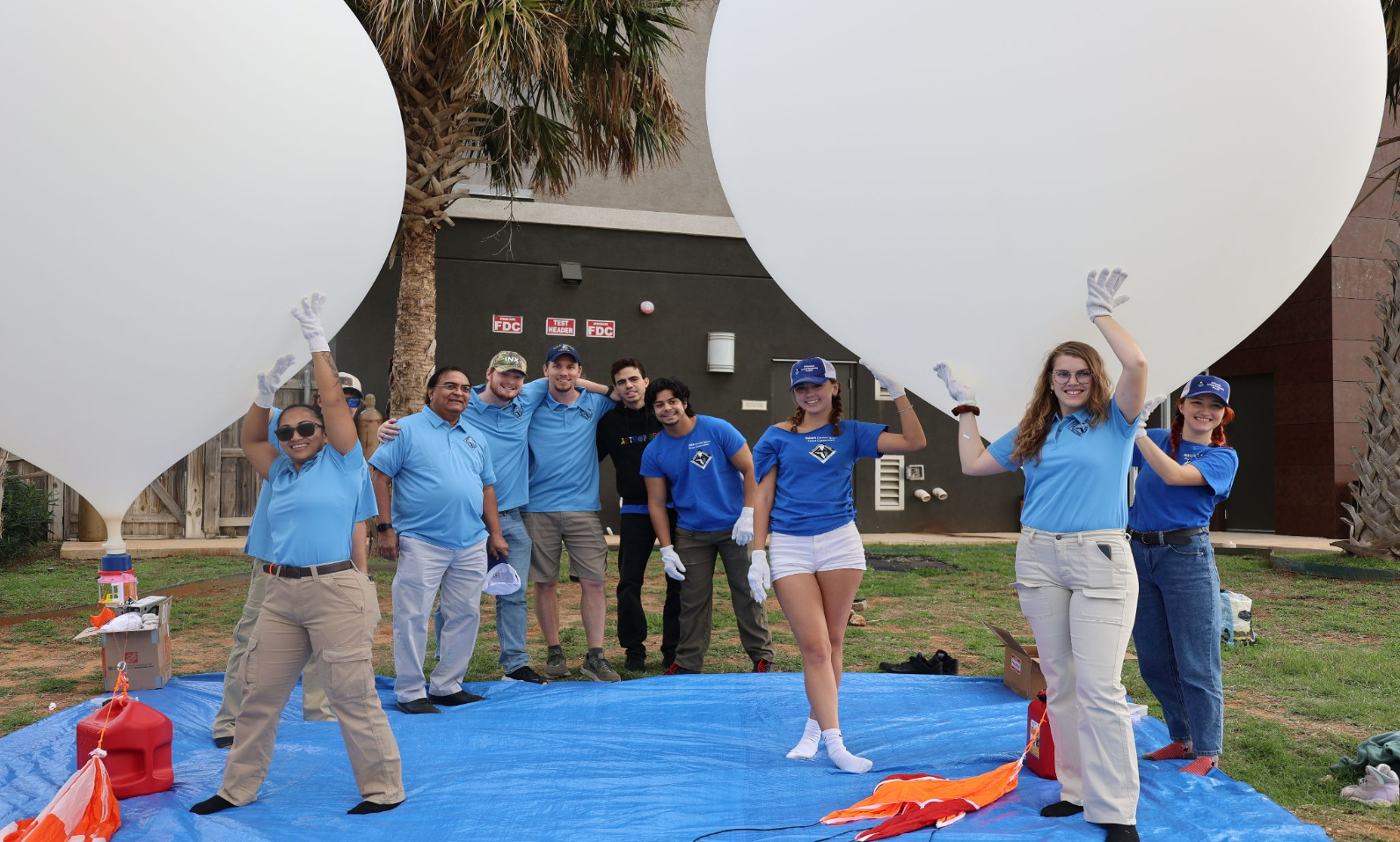
Team Mission
Building on the highly successful NASA and NSF-sponsored National Eclipse Ballooning Project (NEBP) implemented during the 2017, 2019, and 2020 total solar eclipses, this new effort will broaden participation of STEM learners by immersing teams from a wide range of higher education institutions in an innovative NASA-mission-like adventure in data acquisition and analysis through scientific ballooning during the 10/14/2023 annular and 4/8/2024 total solar eclipses.
The Eclipse Ballooning Project was a major boost in my confidence for what I am capable of, on a team or individually. I was able to go on to the career I truly wanted.
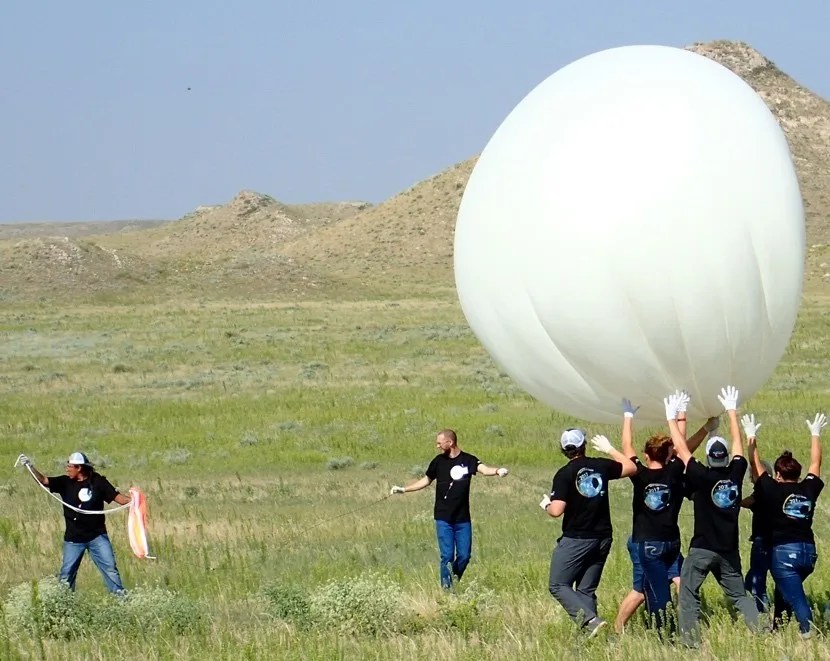
NEBP 2017 Participant
NEBP includes development and implementation of two learner-centered activity tracks – engineering and atmospheric science. At sites along the eclipse path, student teams in the engineering track use innovative larger balloon systems to live stream video to the NASA eclipse website, observe in situ perturbations in atmospheric phenomena, and conduct individually designed experiments. Atmospheric science track teams make frequent observations by launching hourly radiosondes on helium-filled weather balloons. Student participants work with atmospheric science experts throughout the project and will publish results in peer-reviewed journals.
The project fully supports 53 teams divided into nine pods to facilitate effective education. NEBP provides a learning environment that uses evidence and equity-based practices to make certain the 750+ participants are (and feel) supported, engaged, and valued. In addition, NEBP provides infrastructure tools and best practices to help participating institutions build collaborations that could continue far beyond the scope of this project.
What does your team hope to achieve?
The following goals and objectives will allow NEBP to broaden participation of STEM learners by immersing teams in an innovative NASA-mission-like adventure with scientific ballooning during the 2023 and 2024 eclipses.
Goal 1: Enable inclusive STEM education for participating students
- Objective 1.1 Promote the development of participants’ STEM career skills by engaging them in equitable, accessible, learner-centered educational experiences
- Objective 1.2 Increase opportunities for participants to develop their STEM identities as learners and practitioners
- Objective 1.3 Advance participants’ understanding of the importance of internal, external, organizational, and worldview diversity in education and the workplace
- Objective 1.4 Grow learners’ awareness of cultural perspectives of science
Goal 2: Advance learners’ understanding of the process of science
- Objective 2.1 Advance learners’ abilities to conduct rigorous, relevant research using scientific data they collect during eclipse campaigns as well as relevant NASA data
- Objective 2.2 Increase participation in community of STEM activities, including publishing results and sharing knowledge
- Objective 2.3 Grow learners’ understanding of and interest in STEM careers as well as access to and interaction with diverse subject matter experts (SMEs)
Goal 3: Create, enhance, and sustain networks and partnerships
- Objective 3.1 Grow the number of institutions that engage learners in research involving remote sensing platforms, especially at minority serving institutions and community colleges, and grow collaborations amongst the programs
- Objective 3.2 Increase capacities among participants, leaders, and SMEs to offer inclusive, equitable STEM education by leveraging best practices and the expertise of the NEBP Education Advisory Board, Space Grant network, SciAct collaborators, and industry partners
- Objective 3.3 Advance equitable, accessible national eclipse education capabilities through collaboration with the SciAct Heliophysics Education Activation Team (HEAT) and SciAct Eclipse Soundscapes: Citizen Science Project
- Objective 3.4: Create connections with other STEM networks to grow in new directions

